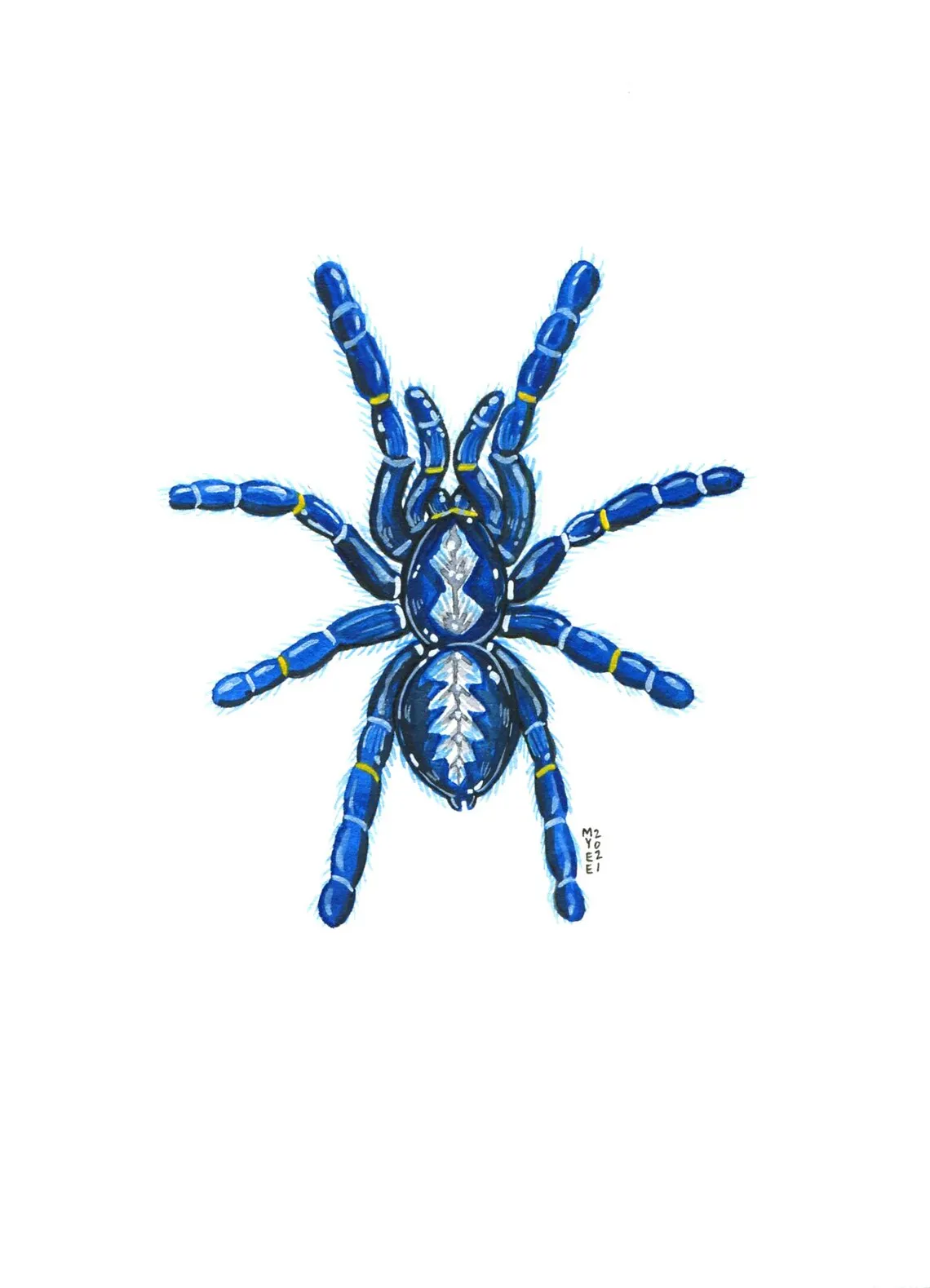Understanding Gooty Sapphire Tarantula Feeding
Feeding your Gooty Sapphire Ornamental Tarantula is a crucial aspect of responsible pet ownership. These stunning arachnids, known for their vibrant blue coloration, require a well-planned diet to thrive in captivity. Understanding their feeding habits and nutritional needs is essential for their health, longevity, and overall well-being. This comprehensive guide will delve into the specifics of feeding your Gooty Sapphire Tarantula, providing you with the knowledge and insights necessary to ensure your pet receives the proper nourishment. This includes everything from choosing the right prey and establishing a feeding schedule to addressing potential problems and seeking professional advice when needed. Proper feeding is a key component to enjoy your tarantula for many years.
The Natural Diet of Gooty Sapphire Tarantulas
In their natural habitat, Gooty Sapphire Tarantulas are opportunistic predators. Their diet primarily consists of insects and other invertebrates. This includes a variety of prey, such as crickets, roaches, beetles, and even smaller spiders. They are ambush predators, meaning they wait for their prey to come within striking distance before launching a swift attack. Mimicking their natural diet in captivity is vital to their health. A varied diet that reflects what they would consume in the wild is recommended, providing them with a range of nutrients. This approach ensures they receive all the necessary vitamins and minerals for optimal growth and development. While some keepers feed their tarantulas other items, such as small vertebrates, insects are the staple food in captivity.
Choosing the Right Food for Your Tarantula
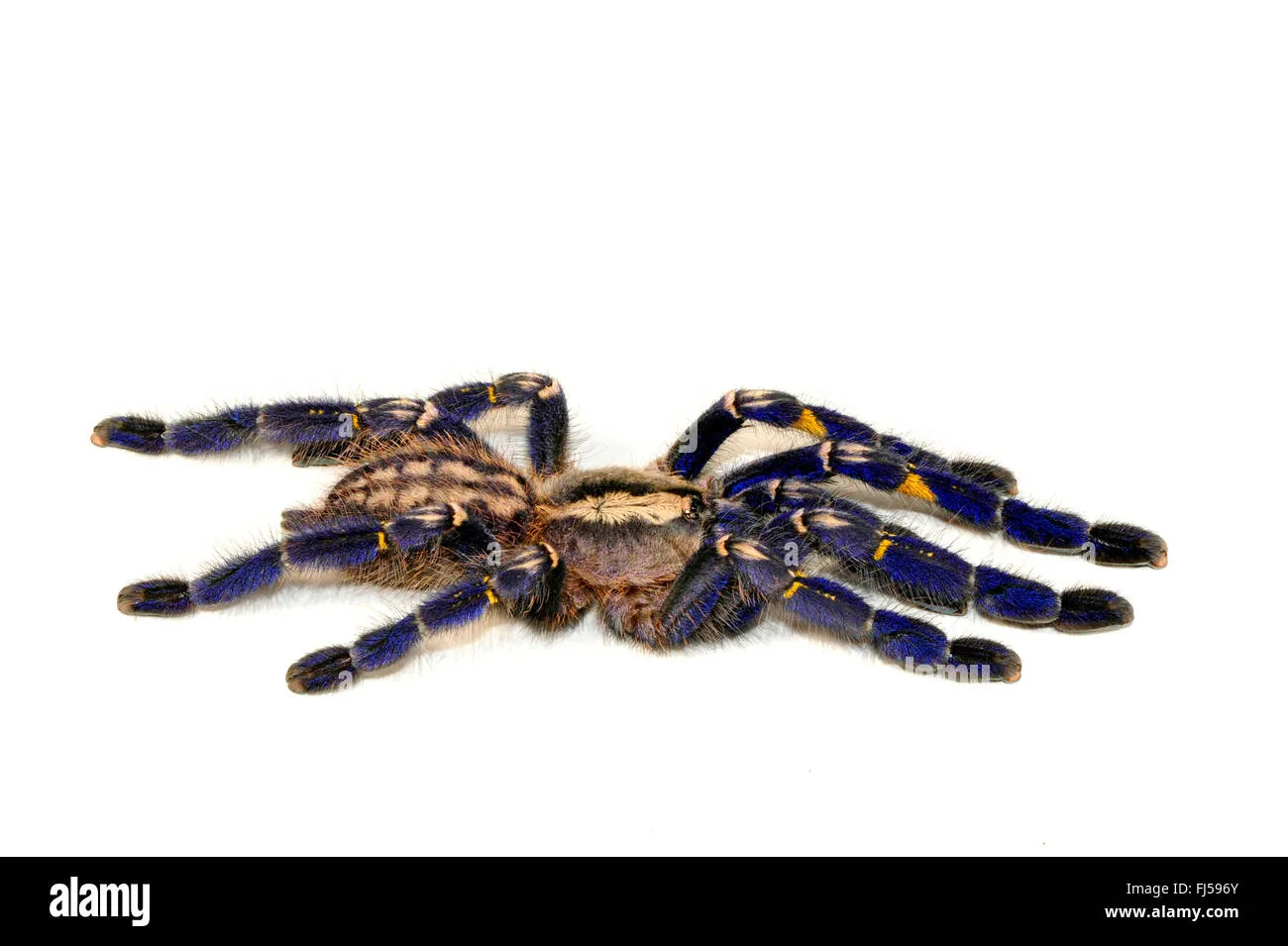
Selecting the right food is paramount when it comes to feeding your Gooty Sapphire Tarantula. The best options are live insects that are readily available at most pet stores or from online suppliers. Crickets are a popular choice due to their ease of availability and nutritional value. Roaches, such as Dubia roaches, are also an excellent option, as they tend to have a higher nutritional content and are easier to care for. Mealworms and superworms can be offered, but they should be given in moderation due to their higher fat content. It’s essential to ensure the insects you feed your tarantula are healthy and free from pesticides or parasites. Consider gut-loading the insects before feeding them to your tarantula. This practice involves feeding the insects a nutritious diet to increase their vitamin and mineral content, which is then passed on to your tarantula when it consumes the prey. This is important to overall tarantula health.
Appropriate Prey Size for Gooty Sapphire Tarantulas
The size of the prey you offer your Gooty Sapphire Tarantula is a critical factor to consider. A general rule of thumb is to provide prey that is no larger than the tarantula’s abdomen. Overly large prey can stress the tarantula and potentially pose a danger, as it may be difficult for the tarantula to subdue or consume. Conversely, prey that is too small might not provide adequate nutrition. The goal is to find a balance that ensures the tarantula can easily capture and consume the prey without undue difficulty. As your tarantula grows, you will need to increase the size of the prey accordingly. Regularly monitor your tarantula’s feeding behavior to gauge whether the prey size is appropriate. This will help you avoid the risk of the tarantula becoming overwhelmed by the size of the prey, or being unable to get enough food.
Frequency of Feeding Gooty Sapphire Tarantulas
The frequency of feeding will vary depending on your tarantula’s age and size. Spiderlings, young tarantulas, should be fed more often, typically every 3-4 days. As the tarantula matures, you can reduce the frequency to once a week or even every other week. Adult tarantulas can often go longer periods without food. It’s essential to observe your tarantula’s feeding behavior to determine its appetite. If your tarantula consistently refuses food, it might be in premolt, the period before shedding its exoskeleton, or the environment may need to be adjusted. Avoid overfeeding, as this can lead to health problems such as obesity. Always remove uneaten prey within 24 hours to prevent stress on the tarantula and reduce the risk of mites or other pests. Proper timing will lead to a healthy tarantula.
5 Feeding Tips for Gooty Sapphire Tarantulas
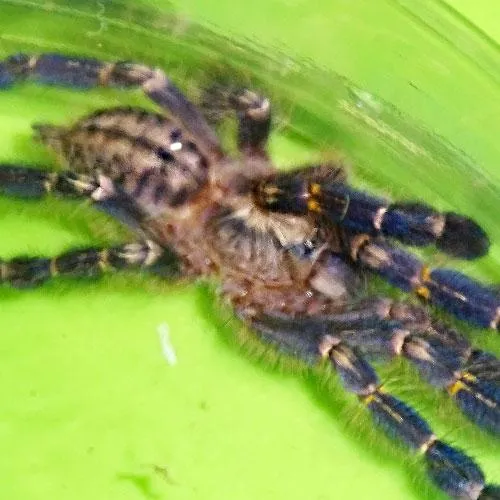
Tip 1 Maintaining a Healthy Feeding Schedule
Establish a consistent feeding schedule that suits your tarantula’s life stage. Stick to this schedule as closely as possible to avoid overfeeding or underfeeding. This consistency helps regulate the tarantula’s metabolism and overall health. Remember, spiderlings need more frequent feedings than adults. Adjust the schedule as your tarantula grows and molts. Keep a record of your feeding schedule and your observations of your tarantula’s eating habits. This will assist you in identifying any unusual behaviors or patterns that might indicate health problems.
Tip 2 Observe Your Tarantula’s Eating Habits
Pay close attention to your tarantula’s feeding behavior. A healthy tarantula will typically display a strong appetite and readily consume the prey offered. Any change in appetite, such as a refusal to eat, should be noted. This could be a sign of premolt, illness, or environmental stressors. If your tarantula is not eating, try offering different types of prey or adjusting the temperature or humidity in its enclosure. Observe the tarantula’s body condition. A well-fed tarantula should have a plump abdomen, while an emaciated tarantula will have a shrunken abdomen. Consistent observation is critical in maintaining the health of your tarantula.
Tip 3 Proper Prey Handling and Preparation
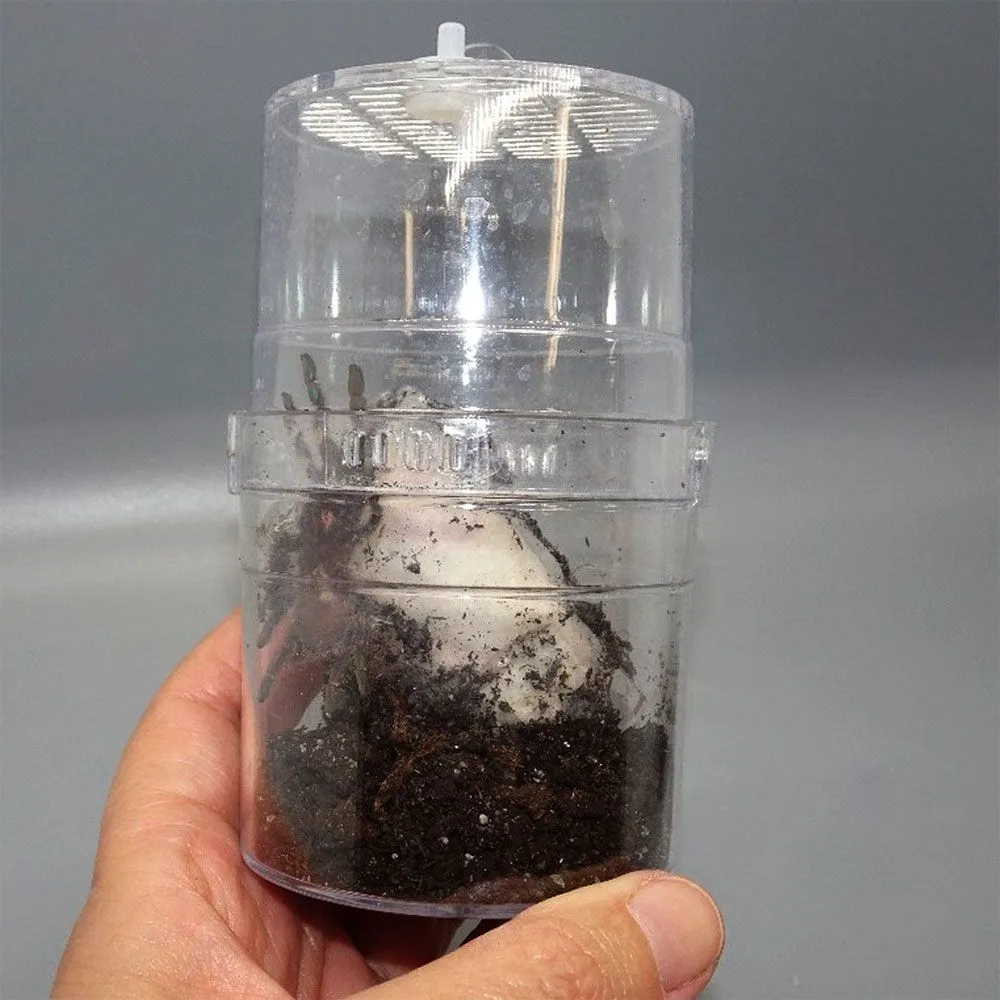
Handle prey insects with care to avoid injury. Avoid using your bare hands; instead, use tongs or tweezers to offer food. This will ensure the safety of both you and the tarantula. Prepare the prey appropriately, such as removing the hind legs of crickets to make it easier for the tarantula to handle. Gut-load the insects to maximize their nutritional value. If you are feeding a larger prey item, consider pre-killing it before offering it to the tarantula. Be mindful of uneaten prey, removing them within 24 hours to prevent stress to the tarantula and potential health hazards.
Tip 4 Ensure Adequate Hydration During Feeding
Always provide a shallow water dish with fresh water for your tarantula. This is essential for hydration, especially during and after feeding. Tarantulas need water to digest their food and maintain overall health. Regularly check and refill the water dish to ensure it remains clean and accessible. Consider misting the enclosure occasionally, especially during dry periods, to increase humidity. High humidity is critical, particularly when the tarantula is preparing to molt. Monitor your tarantula for signs of dehydration, such as a shrunken abdomen or lethargy. Always prioritize hydration for the tarantula’s health.
Tip 5 Cleaning Up Uneaten Food
Remove uneaten prey within 24 hours after offering it to your tarantula. This prevents potential stress on the tarantula and reduces the risk of mites, mold, or other pests from appearing in the enclosure. Use tongs or tweezers to carefully remove the uneaten insect. Inspect the enclosure regularly for any signs of uneaten food or waste. Maintain a clean and hygienic environment for your tarantula. A clean enclosure will also help the tarantula stay healthy.
Troubleshooting Feeding Issues
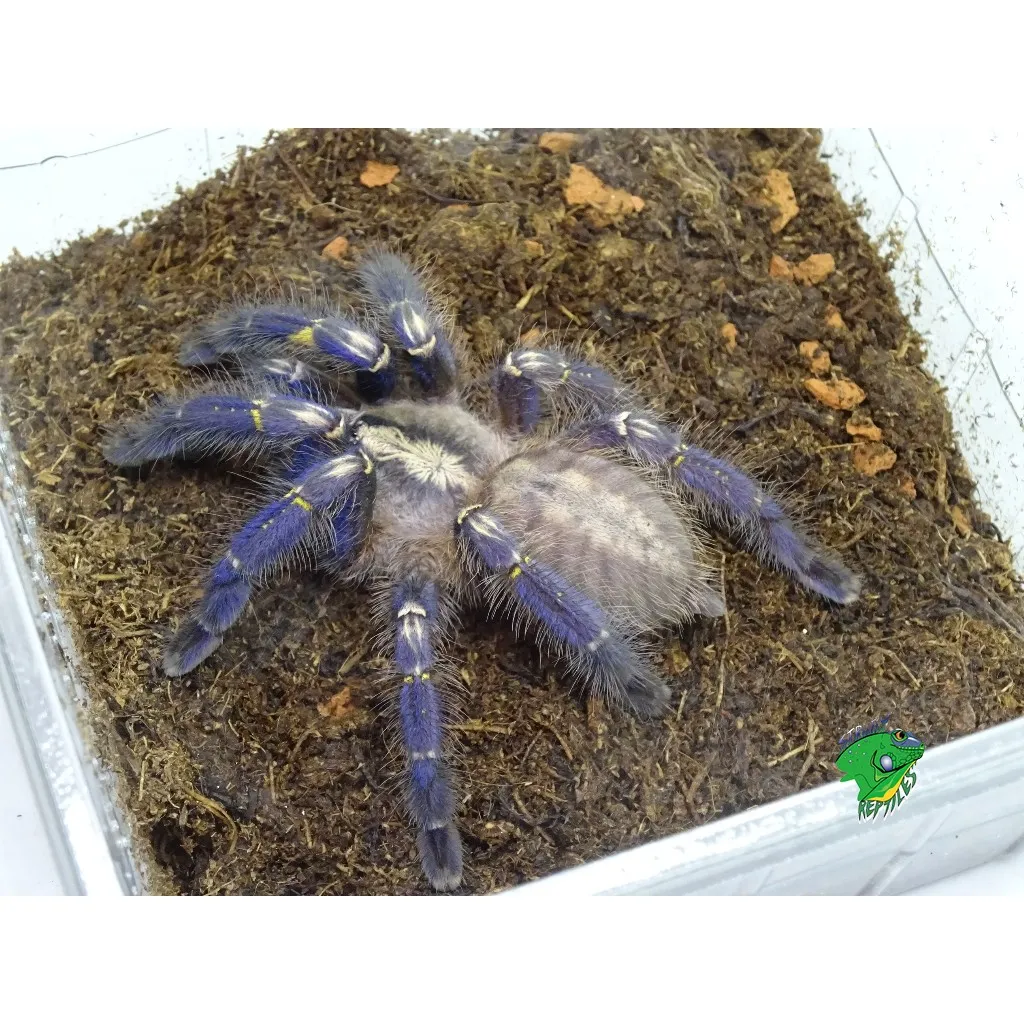
Sometimes, tarantulas may exhibit feeding problems. These can range from simple changes in appetite to more complex issues that require attention. Understanding the common causes of these problems can help you troubleshoot and address them effectively. It’s essential to monitor your tarantula’s behavior closely and be prepared to take appropriate action. There are several reasons that can affect a tarantula’s eating habits, including environmental factors, health issues, or the tarantula’s natural molting process.
Common Feeding Problems and Solutions
Loss of appetite is a common issue, especially during premolt. If your tarantula is not eating, ensure that the enclosure is at the correct temperature and humidity. Offer different types of prey to see if it sparks their interest. Check if the tarantula is about to molt, as they often refuse food during this time. If the tarantula is not showing any signs of molting and continues to refuse food for an extended period, consult a veterinarian. Ensure the enclosure is free from stress factors, such as excessive vibrations or loud noises. Examine your tarantula for signs of illness, such as lethargy or unusual physical conditions. If problems persist, seek advice from a reptile veterinarian or experienced tarantula keeper.
When to Seek Veterinary Advice for Your Tarantula
Knowing when to seek veterinary advice is crucial for your Gooty Sapphire Tarantula’s health. If your tarantula exhibits persistent loss of appetite, lethargy, or any unusual physical symptoms, it’s time to consult a veterinarian. Other warning signs include difficulty molting, unusual changes in behavior, or the presence of parasites or mites. A qualified reptile veterinarian can properly diagnose and treat your tarantula. Be prepared to provide the veterinarian with detailed information about your tarantula’s feeding habits, enclosure setup, and any recent changes. Early intervention can often prevent serious health complications. Always prioritize the health and well-being of your Gooty Sapphire Tarantula.
